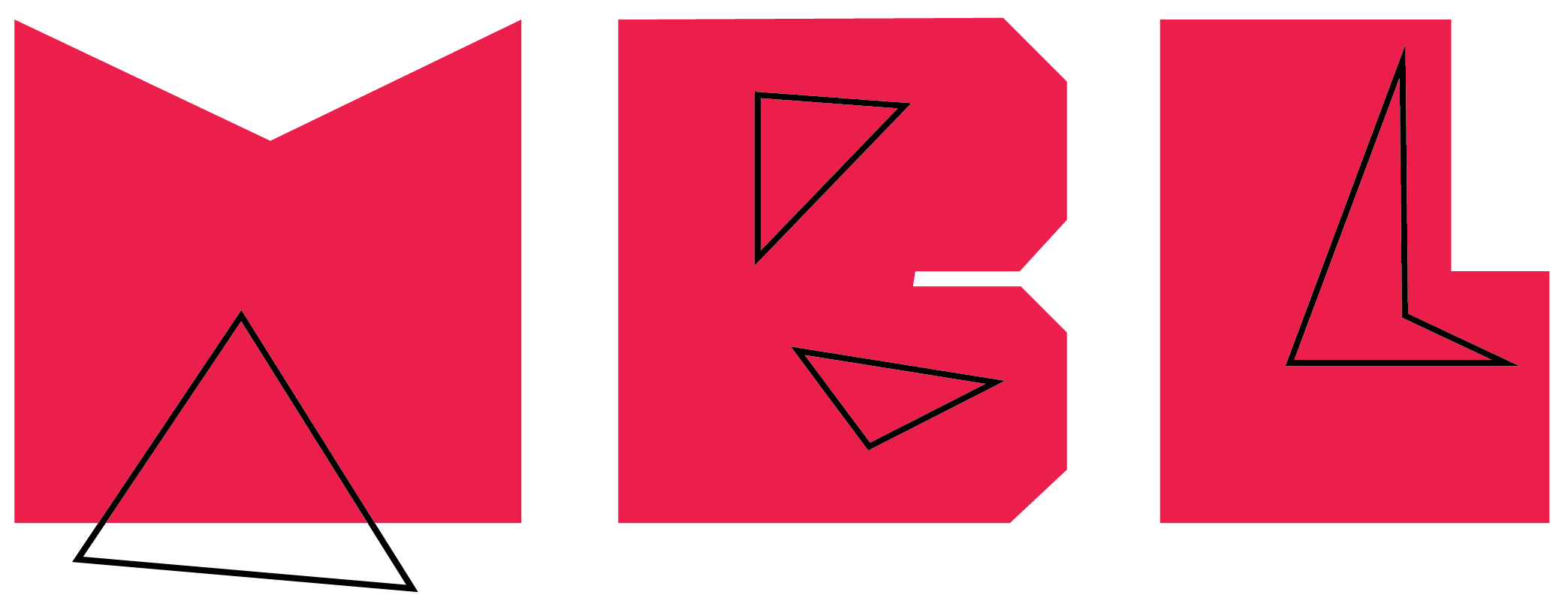MBL 617E Special Topics in Architectural Design Computing
Type: Ph.D., Elective | Credit: 3 | ECTS Credit: 7.5

Theory and Methods in Digital Heritage
Assoc. Prof. Dr. Güzden Varinlioğlu – guzdenv@gmail.com
Dr. Özgün Balaban – ozgunbalaban@gmail.com
Mondays 13.30-16.30
Content : The course is an introduction to Digital Heritage and has a two-fold purpose. In addition to giving an overview of theories and principles in digital heritage, both in Turkey and internationally, the course gives an introduction to research methods in three areas related to cultural heritage: collection/management , visualization/communication , and analysis/ interpretation.
Aims : To help students understand the link between cultural heritage and computing; to introduce key issues in digital heritage; to provide students with the basic theoretical and practical knowledge of digital methods such as GIS, AR/VR, AI.
Learning outcomes : Students who take this course gain will knowledge, ability and proficiency in the following subjects:
- Knowledge of historical, contemporary and specialized issues in the area of visual
computation through original research, - Understanding of the interdisciplinarity of computation in cultural heritage,
- Ability to assess methods and applications of digital heritage through systematic
approaches, - Ability to assess and apply research methodology,
- Competence in creative and critical thinking, problem-solving and decision making.
Conduct : The course will be conducted as seminars with weekly readings and assignments. During the course of the semester, students are required to submit written and practical assignments as requested by the instructors during class, and one final paper, based on either literature research or an original argument, and an in-class presentation of the final paper at the semester end. The essays submitted throughout the semester are to constitute the basis for the final paper; these should take into account class discussions, as well as students’ own reflections. The final paper should be around 3000 words and structured with an introduction, development, and conclusion.
The grading for the course is as follows:
attendance and in-class participation in discussions and weekly response papers, 30%; hands-on practices, 30%; one end-of-semester paper, 20%; final project presentation by individual/group 20%.
Project : The collective efforts of the course participants will be part of a digital heritage
project on Caravanserais of Anatolia. All works will be uploaded to the website.
GÜZDEN VARİNLİOĞLU BIO
During her undergraduate education in Architecture at METU and graduate studies in Design at Bilkent University, Varinlioglu became interested in the contribution of digital technology to the preservation and presentation of cultural heritage. Her research at Texas A&M University in 2010 followed a Ph.D. degree in the Program of Art, Design & Architecture at Bilkent, where she addressed visualization & interaction in the digital humanities. In 2012, she started a post-doc degree in Architectural Design Computing at ITU, and between 2013-2014, as a visiting scholar, conducted further research at the Centre of Digital Humanities at UCLA. She is specialized in design tools & information technologies in design, architecture & cultural heritage.
ÖZGÜN BALABAN BIO
Ozgun is currently an adjunct lecturer research at the Istanbul Technical University and MEF University. He was a PhD Researcher at Future Cities Laboratories, Singapore. He has a doctoral degree from Singapore University of Technology and Design (SUTD) and a MSc degree in Architectural Design Computing from Istanbul Technical University. He has a BSc in Electrical Engineering and A.A in Interior Architecture both from Bilkent University. His research interests include building information modeling, data analytics and machine learning for architecture and urban planning, use of game environments in design. More info at www.parametricfood.com/ozgunbalaban
